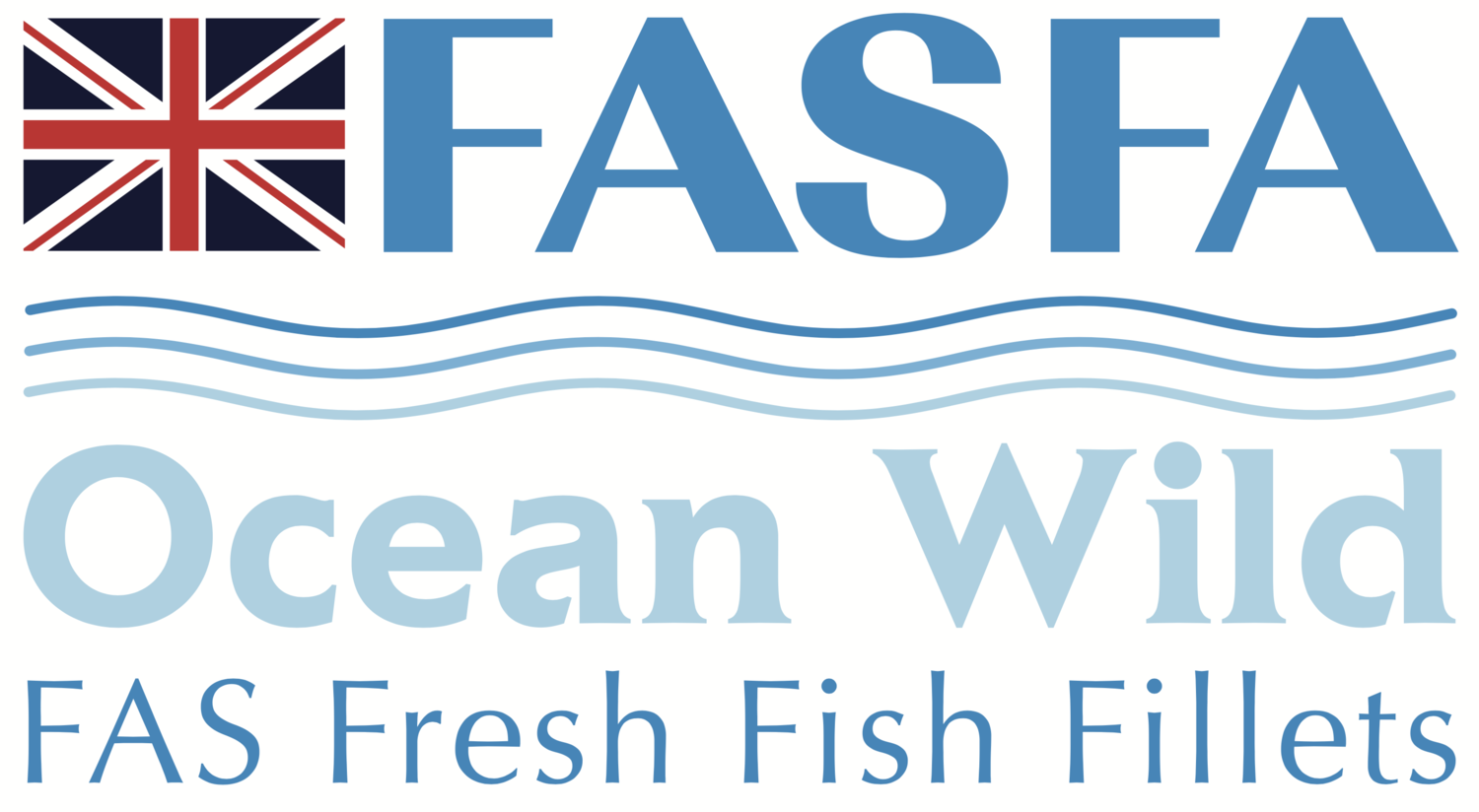Norwegian and Russian marine scientists present their stock assessments and recommendations for 2026
The Norwegian and Russian marine scientists are calling for a further 21 percent reduction in the Northeast Arctic cod quota for 2026, but an increase for haddock.
The scientists recommend a total catch of no more than 269,440 metric tons of Northeast Arctic cod in 2026, which is 21 percent below the actual quota set for 2025.
The fishable stock in 2025 has been adjusted down from last year, but the longer-term outlook has not changed. The 2026 quota advice marks the lowest recommendation since 2002. If the authorities set the quota in line with the scientists' recommendation, it would be the lowest cod quota since 1991.
“2025 and 2026 appear to be the years with the lowest spawning stock. The quota advice is expected to increase in 2027 and in the coming years, if this year’s advice is followed,” Bjarte Bogstad said from the Institute of Marine Research.
Recruitment has been below average since the 2014 year class, and several cohorts are particularly weak.
They now consider that the ‘bottom’ has been reached,” Bogstad said in a press release. The spawning stock for Northeast Arctic cod is now below the precautionary level.
From 2021 to 2024, the quota as well as the quota advice for the species were reduced by 20 percent each year, and it was cut even further in 2025. “This is linked to the fact that the spawning stock has declined every year since its historical peak in 2013,” Bogstad said.
For Northeast Arctic haddock, the researchers recommend a catch not exceeding 153,293 metric tons in 2026, which is a 43 percent increase on the 2025 quota advice, and 18 percent higher compared to the 2025 quota.
The three weak year classes from 2018, 2019 and 2020 are now fully part of the fishery. The 2021–2024 year classes are slightly above average, which could lead to even higher haddock quotas after 2026. But it is still important to protect the incoming year classes and to avoid fishing for them as juveniles.
